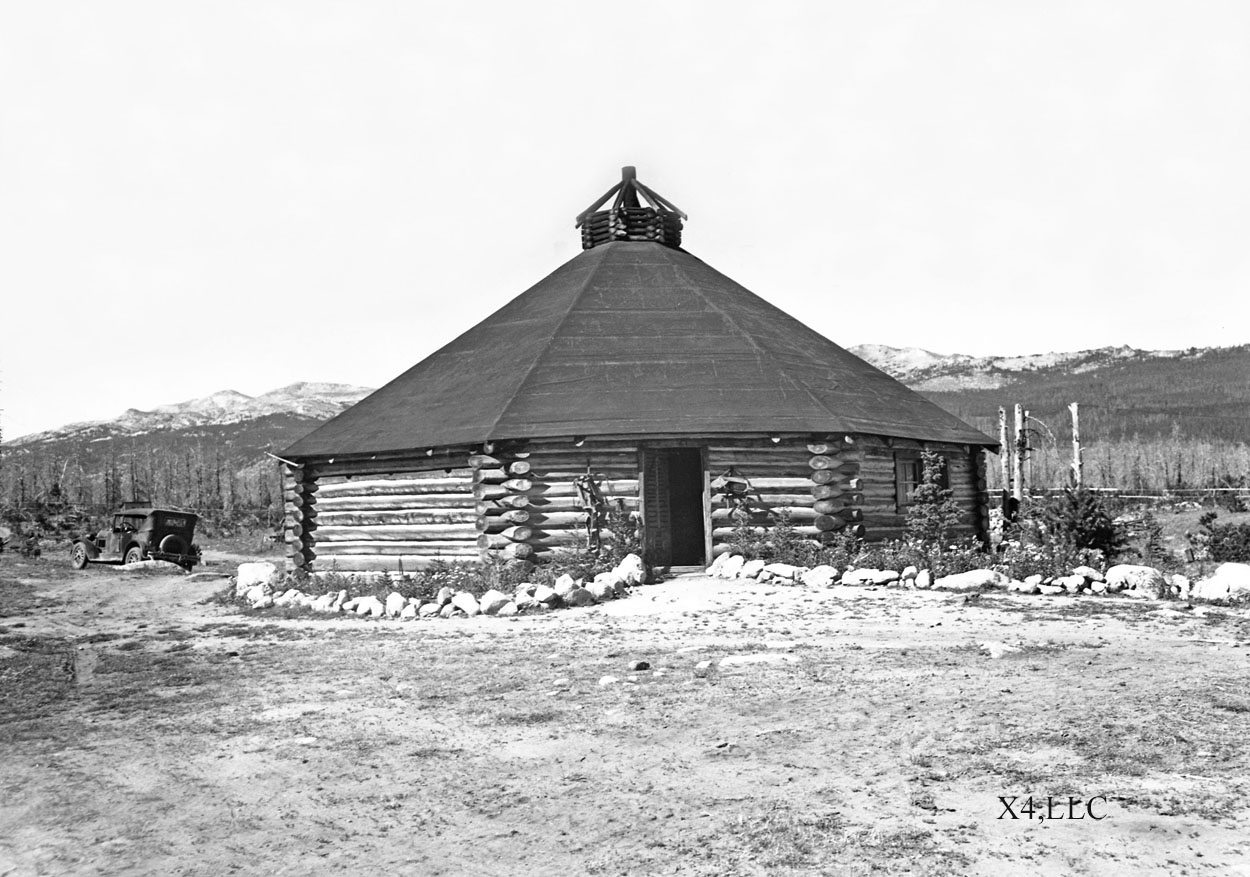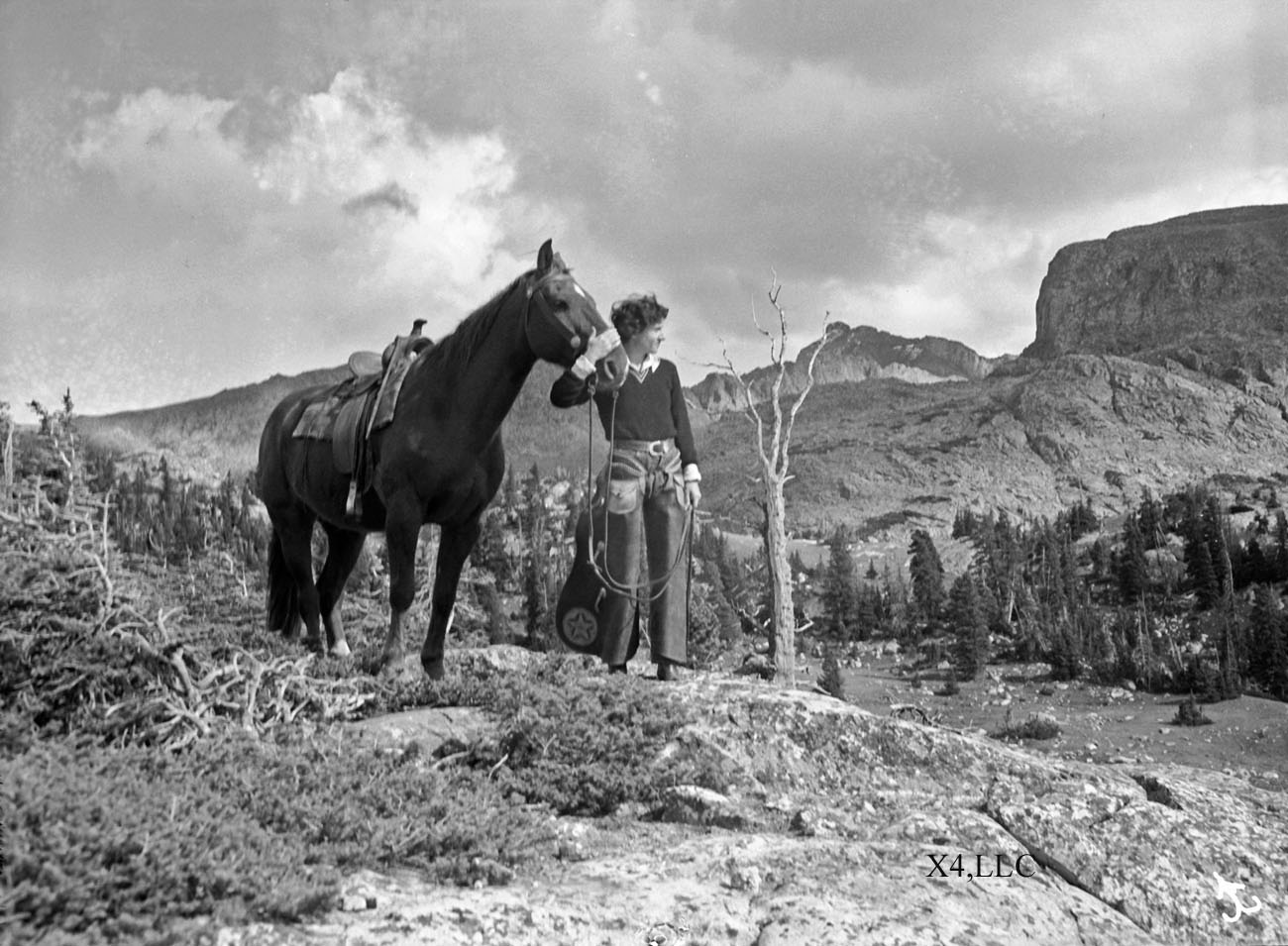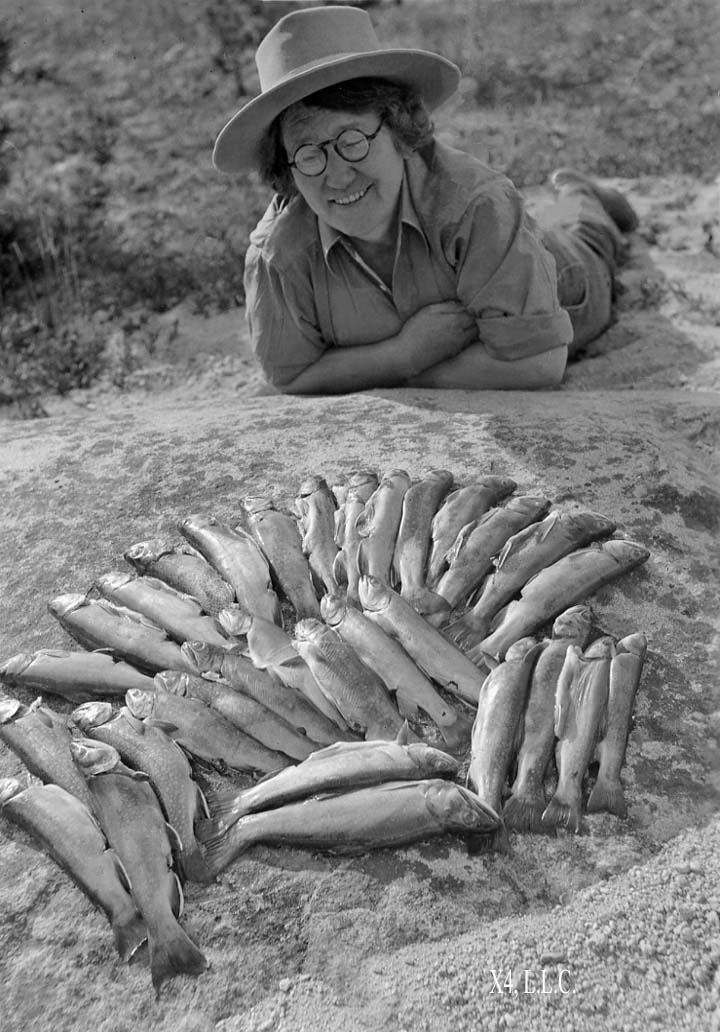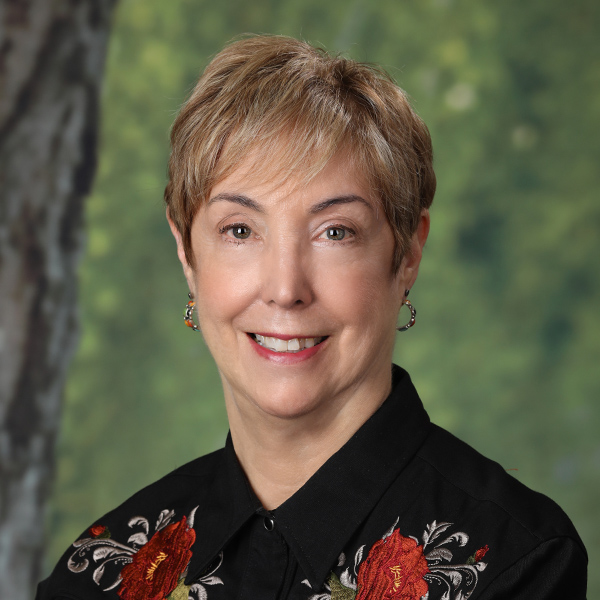The Birth of Dude Ranching Or, What Is A Dude?
Cattle and sheep prices fluctuated a great deal during the 1920s.
Cash to buy additional stock required a high interest rate, while
market prices varied a great deal. America’s industry expanded
after WWI, while cattle ranchers and farmers faced a surplus of
animals and plunging prices. The Johnsons and Spears retained
their ranches primarily because they began to take in guests or
“dudes”. The dudes created enough additional income to sustain
their ranching operations, much to Jessamine and Will’s relief and
the satisfaction of their impatient bankers.
Where does the term dude derive from? It’s said that Yellowstone Park
rangers created the word in the 1870’s to refer to visitors from the
East, or a person who doesn’t know his way around a ranch. By the
1920s, the term was specifically applied to anyone who hired a guide,
or paid money to stay on a ranch. The first dude ranch was created
in 1879 by three brothers, Howard, Willis, and Alden Eaton on their
cattle ranch near Medora, North Dakota. Their friends from the East
were visiting in droves, some staying for months at a time. Finally,
one of the guests recognized the expense these extended visits entailed
and prevailed upon the Eaton brothers to charge for room and board--
the dude ranch business was born.
Jessamine’s father, Willis Spear, began entertaining dudes at his 'Big
Horn Ranche' in the early 1920s. Soon he was driving his guests into the
Bighorn Mountains to the “Spear Camp” on Cross Creek above the Park
Reservoir. He moved his old roundup wagon to the site, and began to
build the Spear O Wigwam Dude Ranch in 1922. Why was it called the
wigwam? Here’s why…

Built with eight sides and a central hearth, the
Spear O Wigwam was a stylized wooden tepee.
Smoke rose through a hole in the ceiling.
At first Willis’ guests stayed in tents followed by tent cabins with solid
floors and canvas sides. A dining room was added to the opposite side
of the wigwam entrance. This was fancy camping in those days. It
didn't take long before Willis added log cabins and the rest is history.
The Spear O Wigwam is still operating today and is on the national
register of historic places; although no longer owned by the Spear-
Johnson families since 1943.
When did Jessamine and Will get into the action? Following her father’s
lead, in 1922 they began to have guests or dudes at the X4 ranch in Kirby,
Montana. Soon Jessamine was also leading pack trips out of the Wigwam.
What was all the excitement? Why hiking, fishing, trail rides, picnics,
and even pack trips for a week in the heights of the Big Horn Mountains.
At the X4, guests went on the roundup, chased the mares and colts back to
the ranch for weaning and branding, attended the Crow Fair, the Sheridan
WYO Rodeo, and walked the Rosebud and the Little Bighorn battlefields.
It was and still is part of the never-ending desire to find yourself lost in the
shadows of the old West, even just for a little while.

Betty Darragh & Redwing beneath Black Tooth Peak
in the Bighorn Mountains of Wyoming, 9-12-1933.

Orpha Allen admires her catch, summer 1935.
